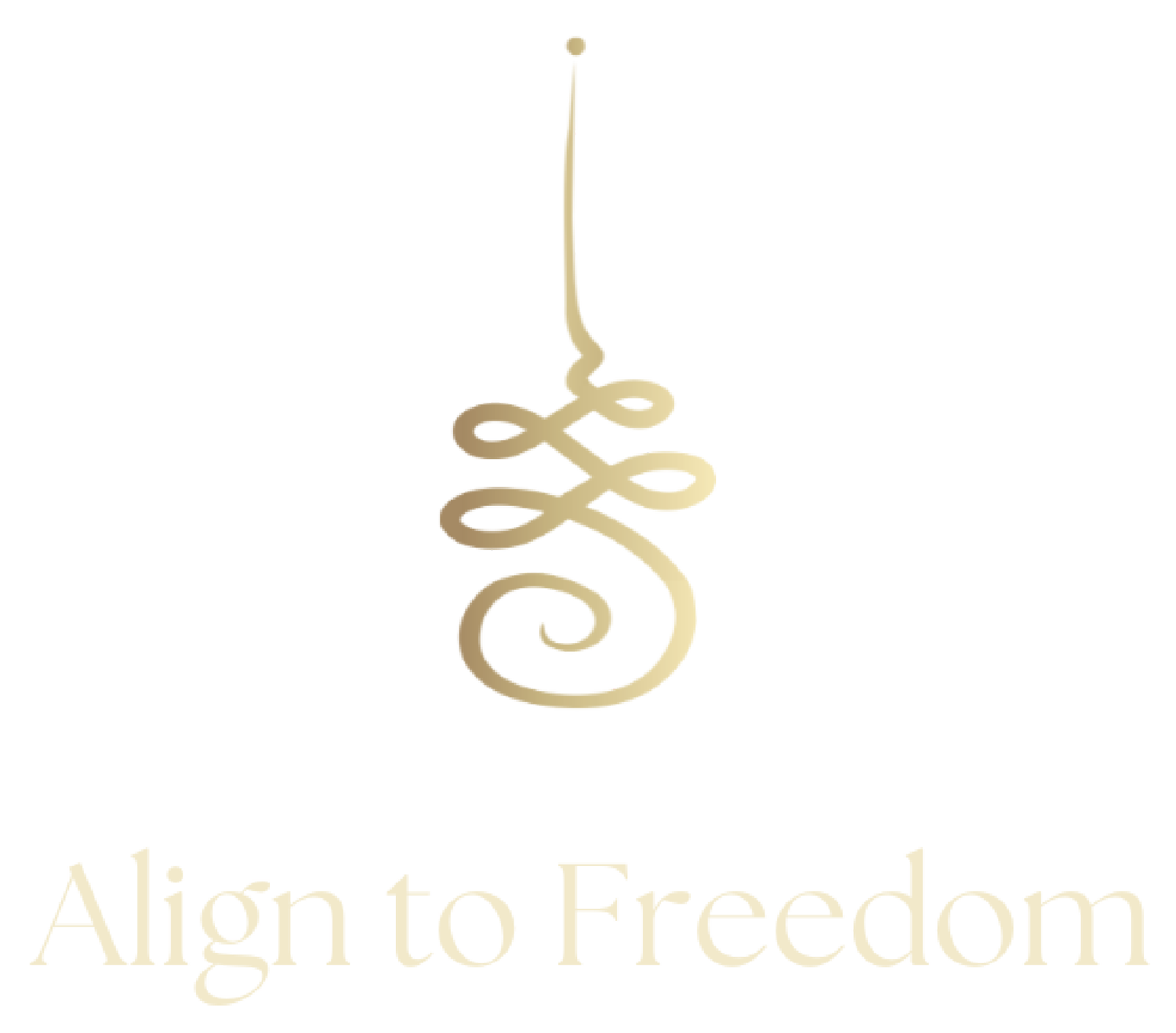
Somatic Therapy in Vancouver

Hi there, I’m Shannon.
I’m a somatic therapist, and I offer both in-person and online sessions to help people reconnect with their bodies, release the old stories stored in them, and create more space for who they are becoming.
Beyond providing support with trauma processing and general life management, I also offer a non-judgmental, non-pathologizing, and gentle container for people to process non-traditional lifestyles and extraordinary experiences. I love helping people embrace and transmute the ineffable - the things you feel so vividly, yet struggle to make sense of (or even put into words).
I blend my training in Somatic Experiencing, Hypnotherapy, and Psychedelic Facilitation with years of experience as a Yoga and Mindfulness Teacher to create a container that can hold – and support – each person as the complex, multifaceted human being that they are.
I am just as comfortable talking about the more common aspects of your life as I am diving into the vast reaches of the unknown. I can hold a wide range of topics for you to safely explore - polyamory, non-monogamy, kink. Psychedelic trauma, preparation, integration. Spiritual emergence, energetic shifts, and other extraordinary experiences you might be trying to make sense of. And we can still talk about your road rage, your career, and your upcoming trip to see your family. There’s space for you to show up exactly as you are, and work through whatever is important for you.
Wherever you are on your journey, you'll be held with warmth, genuine care, and compassion.

Read on for some of the most frequently asked questions about somatic work.

Frequently asked questions:
-
Somatic therapy isn’t a monolith - just like there are many different kinds of yoga, each somatic practitioner blends their training and life experience in unique ways. Some mostly do body work and keep chats to a minimum, some allow for a more multifaceted approach.
I bring all of my education and lived experience to every session. My loyalty is not to a modality, but to you - every session is different, and is responsive to your evolving needs and priorities. You’re an active participant in the process, and you get to decide how we work together.
Some of my sessions focus more on the somatics, some nervous systems need a lot of conversation before the body becomes available. The balance shifts every time we see each other, there are no rules binding us to either side of the spectrum. I’m not the one who gets to make those decisions - you and your body will inform what’s available for us in every session, my job is to remain attuned and responsive to what’s needed in the moment.
-
The short answer is: somatic therapy can involve touch, but it’s not necessary. You can do a whole lot of somatic work (through sensory awareness, movement, sound, the use of props, etc.) without ever touching your therapist. One of the things I love most about somatic approaches is how creative we can get in each session.
However, depending on what you’re working on - it can be really helpful to have the practitioner offer some resistance for your body to move against, or to offer other kinds of touch that might help your body unwind deeply held patterns of tension (that might otherwise remain out of reach).
That being said, you will always have a say in whether or not touch becomes a part of your process. If you do decide to allow it, but parts of you remain hesitant - we can build up to it in many small increments, so your body can slowly integrate each small step along the way.
Please note that my clients always remain fully clothed for the kind of touch I offer in session. If your practitioner is licensed in other bodywork modalities (eg. massage, etc.) - the quality of their touch might be different, so it’s worth clarifying.
-
The short answer is, it depends on what you’re working on! I wrote a whole page comparing the two, so you can better understand your options.
It’s worth acknowledging that there are many other variables that contribute to the success of your therapy sessions. For example, the way you feel in the presence of your therapist may be way more important than any of the other logistics. Depending on your circumstances, it might be more important that your therapist has lived experience with the things you’re working on, has certain availability, speaks a certain language, understands certain cultural norms and/or belongs to a certain community, etc.
I encourage you to not get too hung up on finding the “perfect” fit from a logical standpoint, and allow yourself to find a practitioner that feels right to you. It might be more important that you get help sooner than later vs. getting it in a specific way. The article simply offers some insight into the benefits of each format, but ultimately, what matters is that you get the help you need in a way that’s most accessible for you.
-
That is a very common question, you are certainly not alone. People often seek out somatic therapy specifically because they feel disconnected from their bodies - and that generally happens because there are many unprocessed feelings, emotions, and memories in the body that make it feel scary and/or overwhelming. It might feel like coming into contact with any of it will unleash all of it, and that’s a very reasonable apprehension.
One of the things I really appreciate about Somatic Experiencing is that we can create infinitely small increments of experience, so you can come into contact with your body in a gentle, titrated way. We might also start building bodily awareness outside of your narratives of trauma, so you learn to be embodied in a more neutral way without feeling pressured to dive deep into old memories.
A skilled, attuned practitioner will move slowly and help you find the right amount of bodily awareness for each step of your process. If this is a concern for you, make sure to voice it to your practitioner when you start working together, so they can be extra gentle and attentive.
-
As mentioned above, I tend to create an attuned and responsive container for my clients. I know that there are many variables that one has to juggle to show up to even one session, not the least of which might be their budget, ability to take time off or find chilld care, access to a safe space or transportation, etc.
Some people might also need more time to integrate each session, and some might need help staying on track through regular contact. I’ve seen some clients for two 90-minute sessions per week, some I see once a month, some pop in for 5-10 weekly sessions once a year when they’re processing big changes.
There are no hard universal rules about the best frequency of somatic sessions - it will all depend on what you’re working on, what your body’s capacity is, and what logistical considerations might support you to show up in the most beneficial manner.
All of that being said, I do believe that any steps we take in the direction of our healing are better than none. So start as you are, do what you can, and adjust as needed.
-
You can certainly read various books about somatic approaches and learn a lot of very helpful and useful techniques that you can apply in your daily life. It’s also a great way to gain perspective about the way our nervous systems cope with the various facets of our lives.
A lot of insight and awareness can be gained on our own, and that can be very supportive for any work you might do in therapy. But ultimately, I believe that we heal in connection. The somatic container is not only about unburdening your body from your past, but it’s also about finding embodied safety in the presence of another and learning to be seen, held, and supported as you are. It’s about setting boundaries from your felt sense, and being witnessed as you become the person you never got a chance to be.
The therapeutic container is not just about learning skills, tools and techniques - it’s also an opportunity for us to learn how to be in connection without losing ourselves.
It’s okay if that’s not something you’re ready for just yet - but keep an ear out for that little part of you that might one day let you know it’s ready to be seen.
Wondering if we’re a good fit?
Book a free consultation.
It’s important that you feel safe, seen, and understood in our work together. You can tell me what you’re working on, and what’s important to you.
I’ll let you know how I can help, and we’ll see if we’re a good fit!
It would be my absolute honor to help you remember and embody the full breadth of who you are.
Got questions? Get in touch.
I know that the first steps are always the hardest.
But you’re here taking them anyway, and that’s all that matters.
I look forward to hearing from you, and I can’t wait to meet you.
If you prefer to reach out directly, my email is: shannon.solieva@gmail.com

